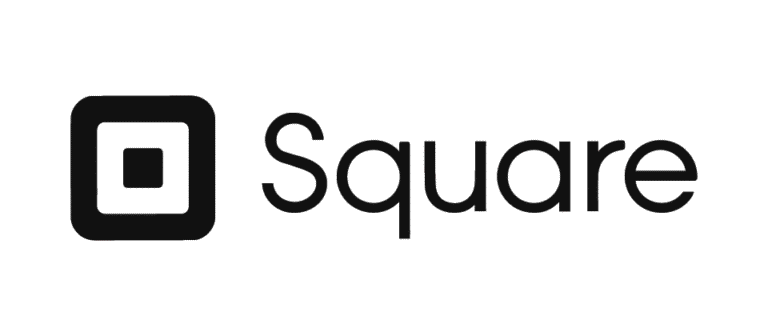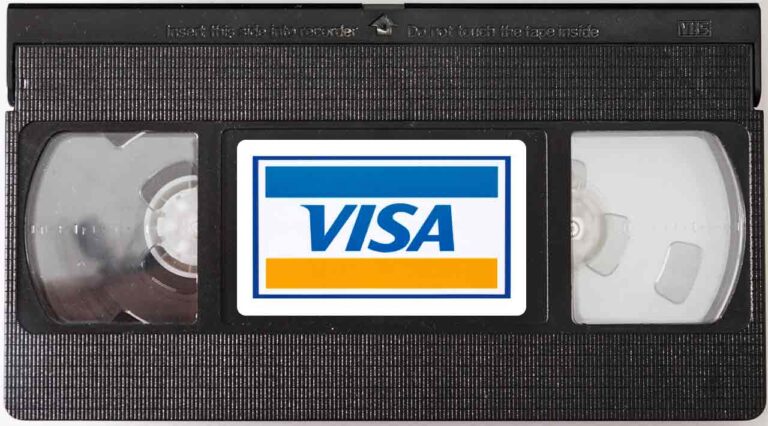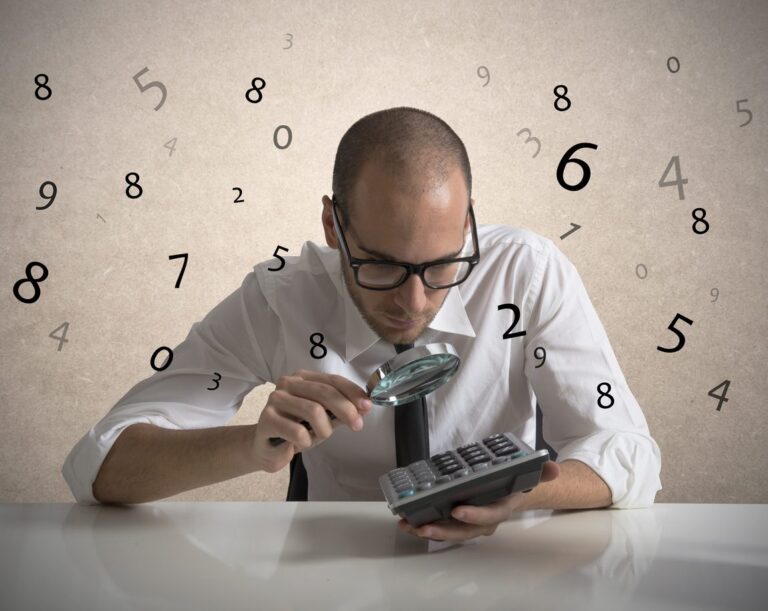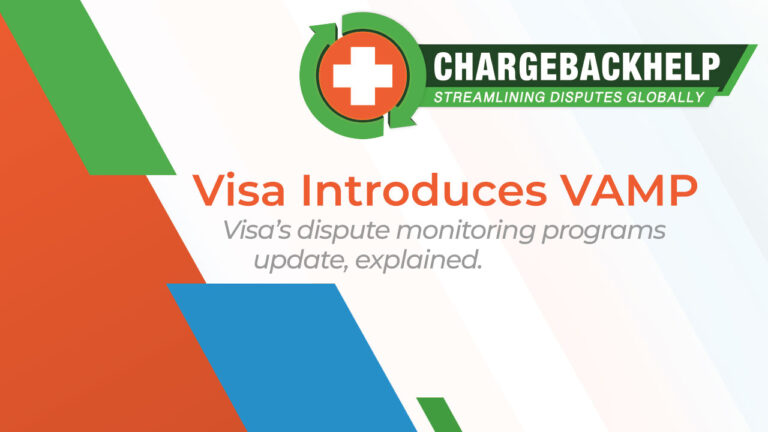PayPal Chargebacks- Everything You Should Know
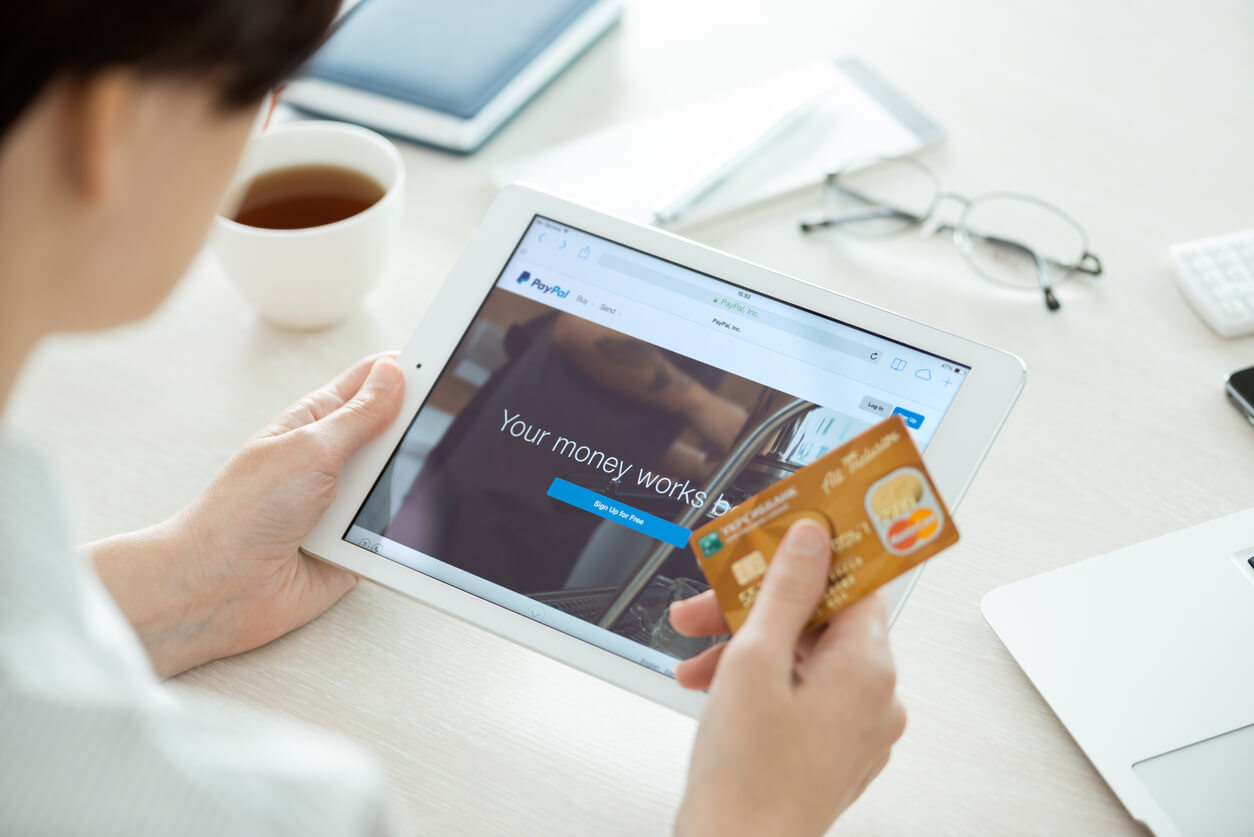
If you’re selling services or products online, chances are you accept PayPal. Many merchants process PayPal because it’s user-friendly and relatively secure. However, as with all good things, there are a couple of caveats that can turn into an issue if you don’t handle things correctly.
This article will give you a better insight into the nuances related to PayPal Chargeback Fees and help you understand what they constitute and when are they applied.
PayPal Chargeback – The Basics
A chargeback is basically a forced transaction reversal where the customer’s issuing bank withdraws the disputed funds from your account. However, many people confuse chargebacks with disputes, which are two completely different concepts in the PayPal Cinematic Universe.
The difference between the two is that disputes are an internal matter, meaning they are to be resolved between the two parties with PayPal arbitrating. In the case of a dispute, PayPal freezes the funds at stake, and keeps the records of the dialogue. It’s PayPal’s call if the two parties can’t come to a resolution.
Chargebacks occur when the customer pays with a credit card through PayPal, using its services for added security. PayPal has no control over these claims and will refer the customer to their issuing bank. However, they’ll still tack on their own chargeback fee.
How Much are PayPal Fees?
PayPal will deduct a fixed fee from your account, regardless of the outcome of your case. Currently, the fee is set to $20 if the transaction was paid in US Dollars.
As you can imagine, this gets complicated when transacting across currencies. Another thing you should keep in mind is that if you don’t have enough balance for the fee (in the currency of the original transaction), PayPal will charge an additional conversion fee. This is especially dangerous if you’re dealing with valuable items as you’ll have to deal with PayPal’s conversion rates, which are definitely not beneficial for merchants.
Reasons Why Chargebacks Happen
Before you figure out how to manage PayPal chargebacks and fight against potential frauds, let’s look at the common reasons behind most chargeback claims.
They are as follows:
- The purchase wasn’t authorized by the cardholder.
- The product or service was charged multiple times.
- The package was damaged or defective upon delivery
- The client didn’t get what they paid for (poor service, inaccurate description)
If you’re looking to reduce the number of chargeback claims, be proactive. Take preventative measures against these reasons. Ensure your authentication process is PCI compliant. Correct any processing errors. Review your fulfillment procedures. And always make sure you deliver what you promise to your customers.
What Should You Do if You Receive a Chargeback Claim
Even though your revenue is frozen or even taken in these disputes, you can still get it back. You have a couple of options remaining. In either case, PayPal will notify you of a dispute through email. Login to your paypal account and follow the directions provided in your notification. It’s important to note that you shouldn’t click the email link, since scammers are always posing as PayPal and sending fraudulent links. Once logged in to your account, you will see the dispute notification there.
Once you’ve followed the instructions to submit your dispute response, PayPal will review your claims and send it to the cardholder’s bank. As we’ve mentioned, the issuer decides whether your transaction or the cardholder’s chargeback is legit. PayPal has is merely the conduit between you and the issuing bank.
Keep in mind; if you think the customer’s claim might be legitimate, or you don’t have compelling evidence to the contrary, you should issue a refund. When you do not agree on a customer’s dispute, you need to back it up.
Win or lose, when you fight a dispute, PayPal’s chargeback fee is not refundable. Regardless, if you have the case to back up your transaction, definitely fight back! When you fight and win disputes like these, it will dissuade the customer from trying the same thing again.
Final Thoughts on PayPal’s Chargeback Fees
You will sometimes run into predicaments as far as fighting chargebacks goes, but it’s not something that will make an irreparable dent by any means. It’s important to stay pragmatic and thorough with your claims, and you’ll most often manage to resolve the situation before it escalates.
However, in case you have to deal with PayPal chargebacks, expect a fee of at least $20. It’s essential to avoid going into chargeback claims in the first place, because the fees will jeopardize your profit margins, and frequent chargebacks tend to endanger your ability to process online.
If you would like to know more about payment processors, rules, and seller’s rights, read our other articles! In case you need help with related issues, don’t hesitate to contact us, and we will gladly lend you a hand!


